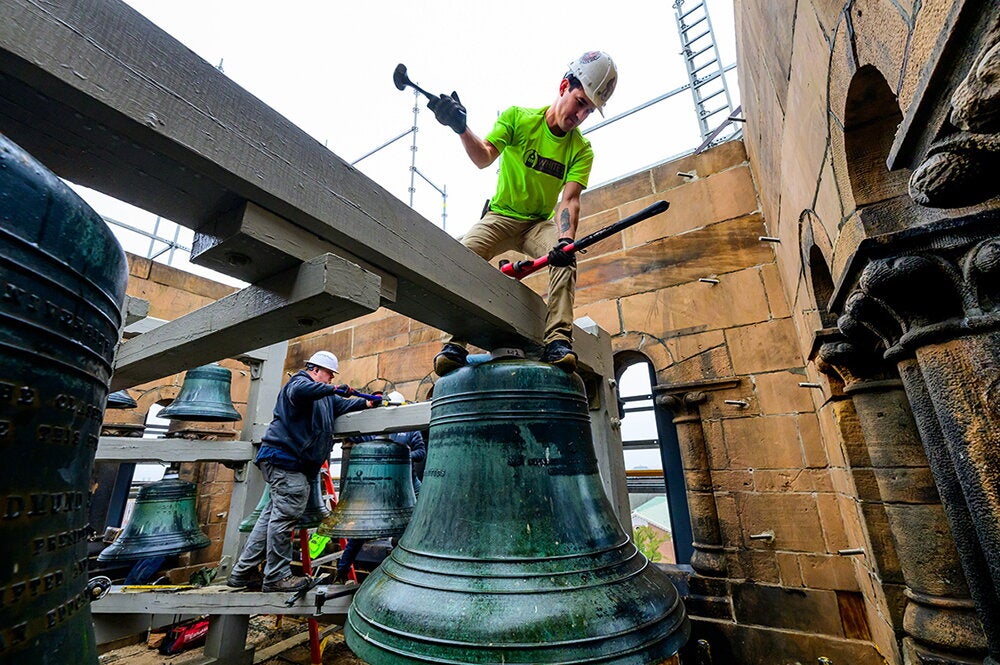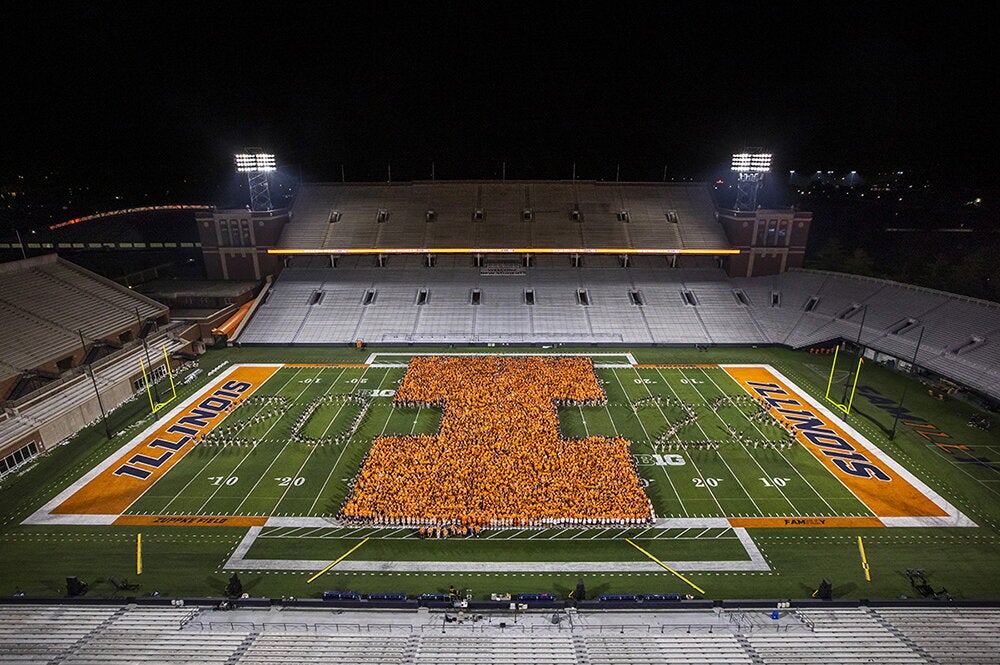
A lot of ingredients go into the U.S. News & World Report's America's Best Colleges undergraduate rankings. Here is a quick rundown on the key factors.
Peer Assessment (25%) is the most controversial part of the survey, for it is the most subjective. A school's peer assessment score is determined by surveying the presidents, provosts, and deans of admissions (or equivalent positions) at institutions in the school's category. They rank other schools on a scale of 1 (marginal) to 5 (distinguished). They also have the option to indicate that they do not know enough about a school to judge it.
Retention (20%) is the graduation rate of students over six years, plus the percent of first-year freshmen who return their second year.
Faculty Resources (20%) are based on several factors, including class size, the ratio of students to faculty, the percentage of faculty with the highest degree in their field, the percentage of full-time faculty, and faculty salaries.
Student Selectivity (15%) is determined by three factors: the number of freshmen who were in the top 10 percent of their high school class; the average SAT or ACT scores of students; and the ratio of the number students admitted to the number of applications.
Financial Resources (10%) are based on the average spending per full-time student on instruction, research, academic support, student services, institutional support, and other related educational expenditures. According to U.S. News & World Report, "Spending on sports, dorms, and hospitals doesn't count, only the part of a school's budget that goes toward educating students."
Graduation Performance (5%) is the difference between the actual six-year graduation rate and the predicted graduation rate.
Alumni Giving (5%) is the average percent of undergraduate alumni who donated money to the college or university.
See also:


